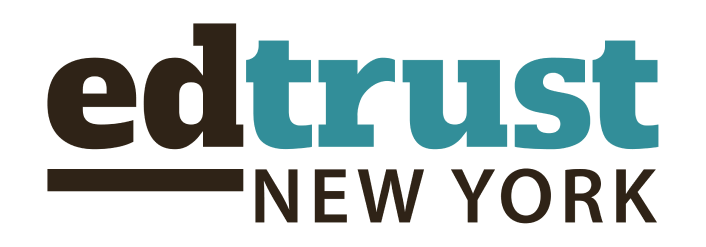Principle 1: Daily live instruction engages students and promotes the achievement of grade-level standards
Principle 6: Students have social-emotional support and access to a culturally responsive, antiracist, restorative learning environment.
When schools suddenly shut down earlier this year, the teaching landscape was “just weird and odd and stressful,” said Ife Damon, a high school English teacher in a District 31 high school who is teaching fully online.
“We hadn’t done any kind of virtual anything ever before, so it was just like, ‘Well, what does this look like? How are we going to pull this off?’” Damon said.
Damon’s focus last school year was keeping students engaged on a daily basis while the world around them shuttered. With more time to think through a digital curriculum, Damon’s colleague shared an idea to develop a time capsule project — which students presented virtually — that helped students work through their feelings and critically reflect on the nation’s current reckoning with systemic racism and the coronavirus pandemic, which continues to disproportionately affect Black and Latinx people.
“I want to prepare students on what it’s like to use standards as skills. I like to use them as a means to an end, and not just the end, which typically happens in a traditional academic setting,” Damon said. “I wanted to develop their critical consciousness, and I felt like it was a really good time to focus on the racial climate in America.”
An advocate for a community-based learning approach and tapping into students’ individual skills and interests, Damon gave students prompts they could connect to. The artistically inclined designed protest posters, others wrote music or put together quarantine playlists and each student created a “Quaranteens” reflection video after Damon learned of the idea from a colleague.
Among the videos that stood out to Damon was that of a student who took the class through her daily routine and shared how lonely she was as an only child at home all day. She shared that without the school environment she’d drifted in closeness with her friends and though her parent was home more than before because of remote work she’d never felt more isolated.
“It was really enlightening, but it also allowed everyone to see that they’re not alone in how they’re feeling and in their experiences,” Damon said.
At its core, community-based learning — which includes assignments like Damon’s time-capsule project — is an educational equity approach, Damon said.
“When educators focus on student needs and meeting them where they’re at teachers are being equitable because you’re not just trying to have a blanket, one size fits all approach to every student,” Damon said.
